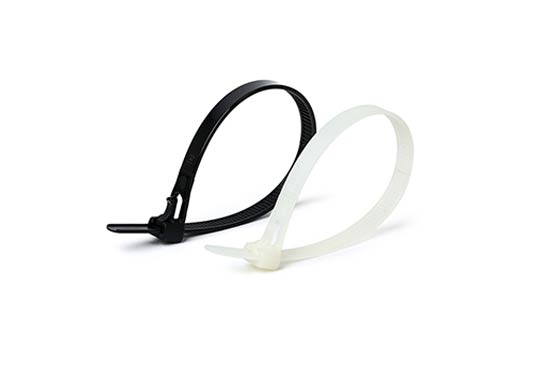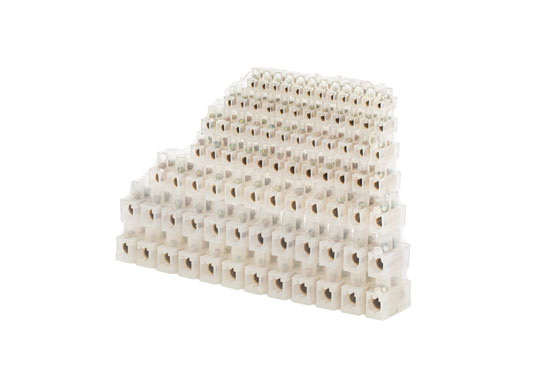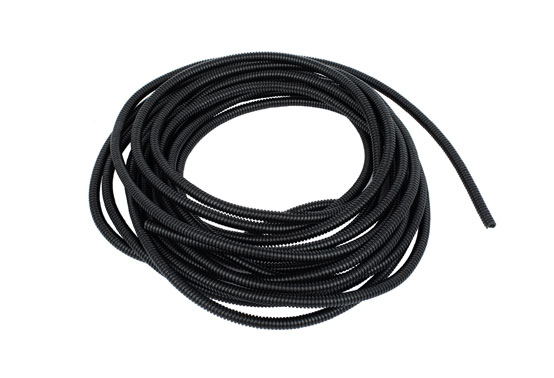Tel
0577-62795555
Tel
0577-62795555
In the installation and debugging of electronic devices, the correct fixation of cables often becomes a critical aspect of system design, yet this point is frequently overlooked. Whether it is the internal connections of the device or the inter-system links, the safety, stability, and efficient routing of cables are crucial for the durability and functionality of the design, especially in application scenarios with frequent vibrations and harsh environments. Designers face the challenge of ensuring the cable's tensile strength, durability, flexibility, and resistance to chemicals, vibrations, and UV radiation, while avoiding overdesign or damaging the cable's insulation and internal structure. Next, this article will detail the key points of selecting network cable straps, the characteristics of various types, and practical application cases.
Hont offers a wide variety of network cable straps, covering different lengths, widths, materials, and colors. During use, simply wrap the tie around the wire bundle, thread one end through the locking mechanism, and tighten it until it is securely locked. Our network cable straps designs are diverse, with the one-piece design molding the locking barb directly onto the locking mechanism, while the more advanced two-piece design incorporates a corrosion-resistant stainless steel barb embedded in the lock head to firmly grasp the smooth surface of the network cable strap. This design allows users to achieve infinitely adjustable secure locking without worrying about matching the barb with the locking groove.
When selecting network cable straps, be sure to consider their maximum diameter specification to ensure they can accommodate the required wire bundle. Also, avoid over-tightening to prevent damage to the cable insulation. Additionally, leave enough tie length to smoothly engage the loose end in the locking mechanism. The strength of the tie is typically measured by loop tensile strength (LTS), which indicates the maximum force that can be applied after the locking mechanism is engaged. LTS depends on the size and material of the tie, usually ranging from 18 pounds to 250 pounds. Material selection should be based on the specific operating environment the network cable strap will face.
Different application scenarios have different requirements for the temperature adaptability of network cable straps. Therefore, when selecting ties, be sure to consider their temperature range tolerance. Hont's network cable straps undergo rigorous testing to ensure they maintain excellent and stable performance under various temperature conditions. This will help ensure the safety and reliability of cables in extreme environments.
As a leader in the network cable strap industry, Hont is always committed to enhancing research and development innovation capabilities and carefully selecting materials to manufacture high-quality network cable straps to suit different environments. Through in-depth analysis of different types and materials of ties, we provide customers with the most suitable solutions for their installation needs.



